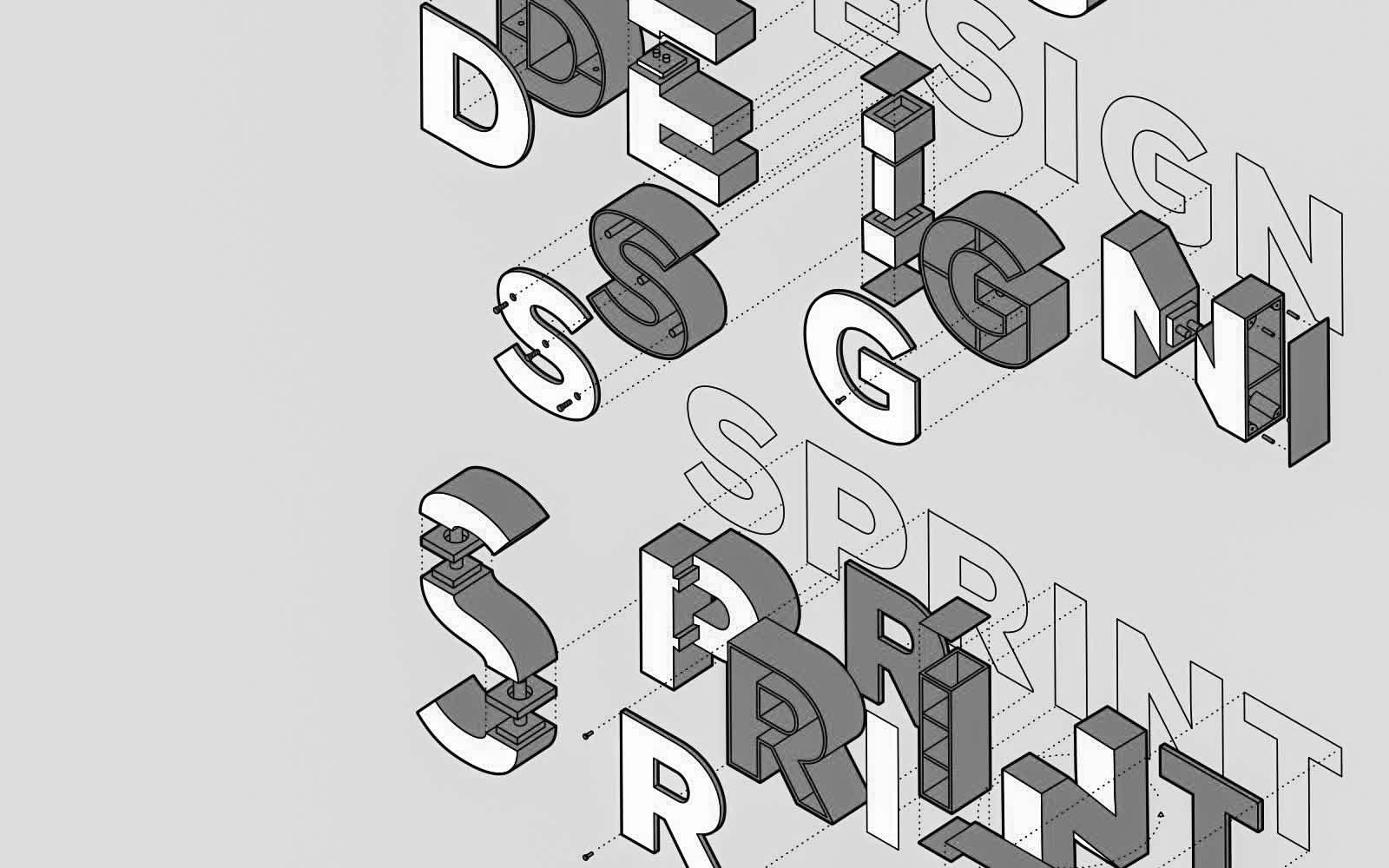This is the second part of Wunderdog’s Design Sprint e-book. Get the entire e-book as a pdf here.
Part 2: What is a design sprint suitable for?
What kind of challenges can the Design Sprint be used to solve? What kind of problems are too extensive or too small for the Sprint? What is the best stage of a process for carrying out the Sprint? Can the Sprint be applied in the same context multiple times? Is that recommended?
We’ll answer the questions in reverse order. The Design Sprint is not a single-use method. Below, we will describe several ways of combining the intensive sprint weeks together. In terms of timing, you can say that if we have a one-week challenge, earlier is always better. For a combination of multiple sprints, the timing always depends on the case. Regarding the extent of the problem, we’re just going to quote Google: “The bigger the challenge, the better the sprint.” In the field of design, big challenges or “wicked problems” are usually approached by dividing them into parts. In the Design Sprint approach, the challenge is divided into single-week slices. Design Sprints are suitable for many different types of development work: digital projects, physical products, services — or a combination of them.
Although Wunderdog is firmly rooted in the digital world and most Design Sprints we’ve been involved in are for digital services, we have experience in Design Sprints in other contexts as well, — the digital, physical and social worlds are constantly becoming more and more intertwined, after all.
We think the one-week Design Sprint especially good if…
Find Design Sprint part 3 here.
1. The idea or concept has not yet taken form
This starting point is the most profitable for you, as clear plans, previous drafts and prototypes tend to limit the thinking. At best, a Design Sprint carried out with an open mindset will direct the Sprint activities towards a viable and productive path: to involving users from the get-go and focusing on content instead of the surface.
2. You need to validate a new idea quickly
You or your organisation have a preliminary idea of an application, product/service or operating model. You may already have created some drafts or prototypes, but based on user reactions, the idea could still be developed into several different directions. A Design Sprint is not a replacement for an extensive market study, but in many cases, it’s just enough to achieve sufficient certainty.
3. You want to discover the flaws in aproduct or an idea
You often only discover problems and possibilities after the product development has been going on for a good while. A Design Sprint can be used as a warm-up round even if you’re already in the middle of product development: you get to know the product goals better, and you can prepare for any potential problems. It is very common that flaws and problems are revealed through customer experiences, as traditional product development rarely pays enough attention to the emotional needs of the users.
4. A project needs momentum
Planning and implementing digital projects can be slow, especially in larger companies. An intensive sprint week provides the project with a proper re-focus, allowing the team to focus only on the essentials, forgetting about other tasks and, above all, produce something tangible.
5. You want to improve your teamwork skills
Design Sprint offers a fantastic tool for newly formed teams or team leaders who suddenly find themselves in the “deep end” of a development project. For more established teams, it can offer an alternative working method and a fresh departure from the day-to-day activities of their company. The Design Sprint approach teaches teams to move quickly, maintain an active mindset, share ideas and find their way out of dead ends. Above all, Design Sprints are cross-functional by design. Pro tip: Running a company-wide Design Sprint is a great alternative to a famous speaker on a company day to team building.
6. You want to make your organisation understand the importance of design thinking
Many still view design and design thinking as simply addressing aesthetics. A successful Design Sprint is arguably the most efficient way to introduce people to what design thinking actually means. Those involved most intensely in the process will be the fastest to open their eyes, but introducing dimensions such as marketing, sales, finance, logistics or management in the initial discussions, user interviews or presentation of results can also open up new perspectives.
